I’ve been thinking about how sales managers and leaders can help their teams be more effective on LinkedIn. It may seem like something individual salespeople need to do for themselves, but here are a few things I believe can be done to assist; they may NOT appear to be about LinkedIn on the surface, but don’t be fooled.
 In their eBook Cracking the LinkedIn Code, Ardath Albee & Jill Konrath explore the Top Seller Mindset (click on the image and it will take you to the page to get your free copy).
In their eBook Cracking the LinkedIn Code, Ardath Albee & Jill Konrath explore the Top Seller Mindset (click on the image and it will take you to the page to get your free copy).
My suggestion to you as the manager is to help the members of your team with each of the bullets Ardath and Jill outline on page 9.
Before you begin – make sure your team knows that you believe Social Prospecting™ will make them more successful – more quickly!
Top Seller Mindset – LinkedIn Usage:
- Multiple points of entry into organizations.
Who are the people who make decisions on what you sell? Have you clearly defined the team of people who need to be comfortable when deciding BOTH what is going to be purchased AND who it will be bought from?
- Likely people involved in the decision process.
Many times there are different groups of people making those two decisions (what to buy vs. who to buy it from); help your salespeople easily identify them both by role as well as job title. Even better give them a list of key words they can search LinkedIn to identify the right people.
- Common connections they can leverage.
It may be that you know the right people to connect your salespeople with the contacts they need to know in an account. Make sure you schedule time to network for your salespeople in their top prospects and top accounts. The more connections between your company and your prospects the better!
- Mutual interests to start conversations and build trust.
What groups are your prospects and customers hanging out in? Make sure there is valuable content available for your team to share. Plus make sure they understand that this is social NOT selling – help them phrase everything on a discussion to answer the question asked vs. trying to sell your products or services.
- Organizations similar to their existing clients.
Pull statistics for your team and help them identify what the organizations they do well with look like. This may be slightly different than your organizations “ideal customer” profile (see below) but there are probably similarities.
- New prospects meeting their ideal customer parameters.
One thing that I see in the organizations I work with is that many companies have not defined what their “ideal customer” looks like. The #1 thing you can do is make sure you clearly define what IDEAL looks like, that way the salespeople on your team can easily identify a top prospect when they see one!

This Post Has 0 Comments